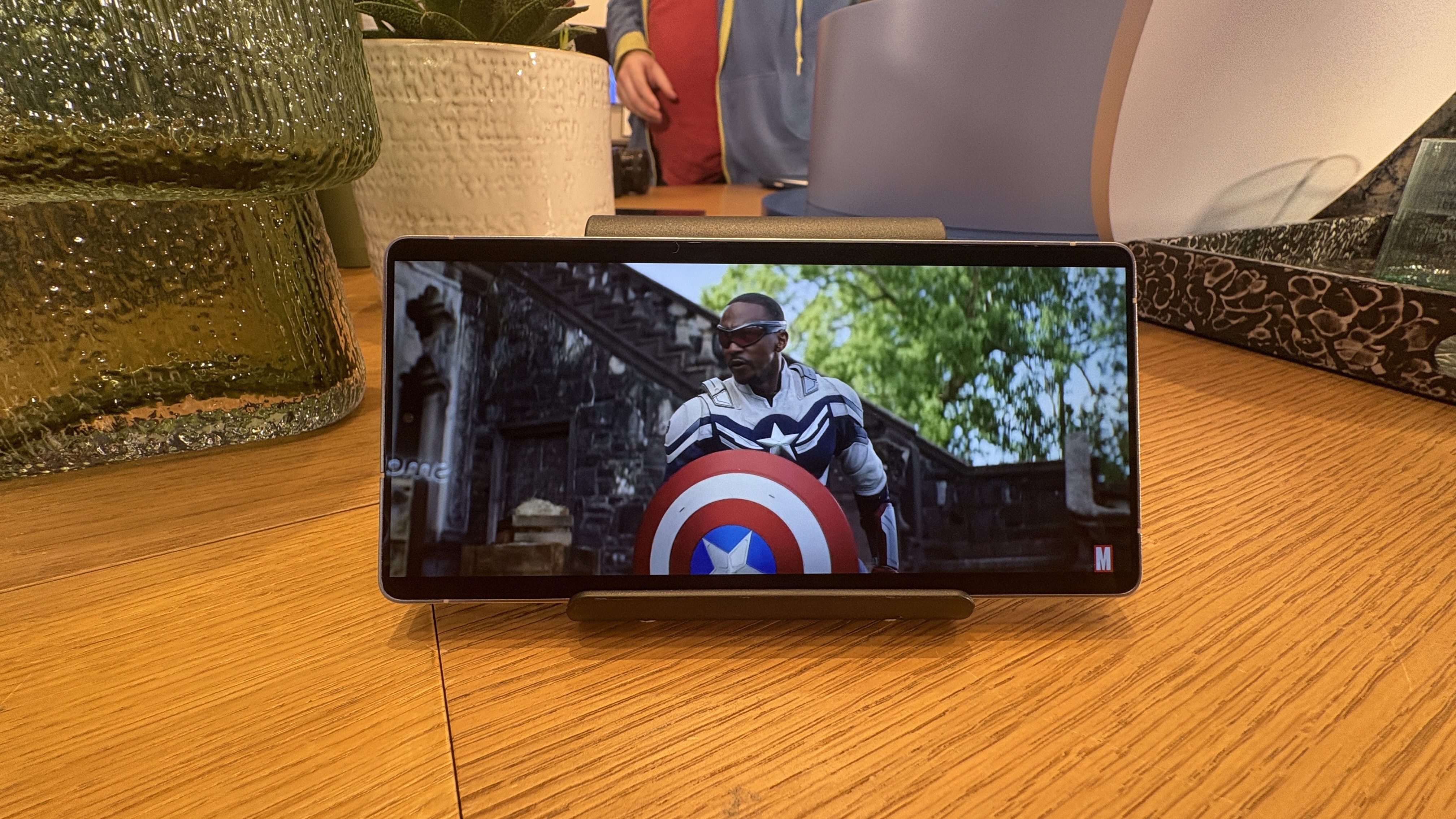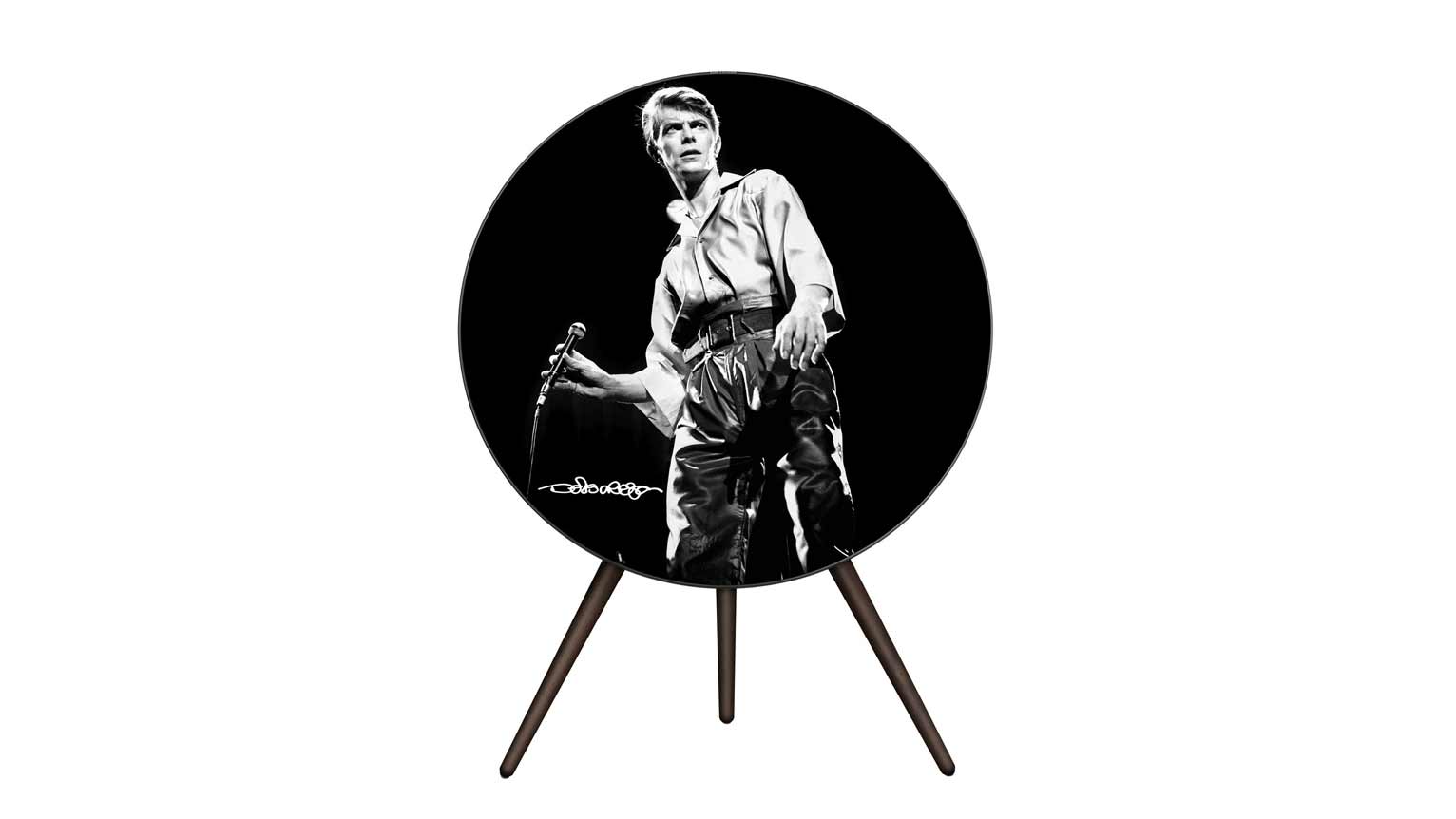I wish Samsung had taken a page out of Apple's audio playbook with the Galaxy S25
The S25’s upscaling upgrades could have been Eclipsed if Samsung did one key thing

The Samsung Galaxy S25 is here. And in case you’re reaching for your troll mask to ask why we’re talking about it on What Hi-Fi?, the answer is simple; it’s being pitched as a perfect home cinema in your hand and portable music player by the Korean giant.
On top of that, based on our early hands-on impressions using the Galaxy S25 during its launch event, the phone definitely shows promise in both areas. The feature that caught people's attention most is its new AI upscaling powers, which the firm claims are directly taken from its line of top-end TVs.
Specifically, Samsung claims the new phone range features a customised Qualcomm Snapdragon 8 Elite (the latest one) with a tweaked version of the firm’s ProScaler10 upscaling tech. This will apparently let it offer a “40 per cent” improvement on display image scaling quality – which we’re interpreting as fancy marketing speak for better upscaling.
We haven’t tested the tech on the S25 properly, but if it works as well as the firm’s upscaling does on recent Samsung TVs we’ve tested, it could be a key perk for the phone. To catch you up, Samsung has become something of a front runner when it comes to upscaling – a process that uses AI wizardry to let a TV convert a lower-resolution image to match a higher-resolution display.
Usually this is done to convert HD streams or DVDs into 4K, though as evidenced by our five-star review of the Samsung QN900D, the firm has had great success turning 4K sources into next-generation 8K recently.
When done correctly this can make pictures look sharper, more realistic and generally better, hence why its appearance on the Galaxy S25 could be awesome. Especially as our staff writer, Lewis Empson, walked away from his initial hands-on go with the phone impressed, reporting:
"The Galaxy S25 Ultra's display appeared sharp and crisp when we watched the trailer for Captain America: Brave New World on the device, which we suspect is partially down to the ProScaler feature adding an extra dash of detail. Heroic shots of the new Captain America striking a pose had tangible depth, with sharp outlines and texture to his armoured suit."
Get the What Hi-Fi? Newsletter
The latest hi-fi, home cinema and tech news, reviews, buying advice and deals, direct to your inbox.
But, while I am excited to see how the tech performs when we get the Galaxy S25 in for proper testing, in my heart of hearts I can’t help but feel a little regret about the launch.
This isn’t because I don’t think the phone looks cool. It’s because I’d really hoped Samsung would use the Galaxy S25 as the launchpad for its new Dolby Atmos rival, Eclipsa Audio.
This is a long-awaited tech Samsung built in partnership with Google that has previously been known as Project Caviar and IAMF (immersive Audio Model and Formats).
While Dolby Atmos rivals aren’t anything new – we saw a laptop-focused one from UK-based Audioscenic called Amphi Hi-D® spatial audio launch less than a month ago – the fact Eclipsa has two such big name parents makes it automatically a big deal.
At the moment its only designed to work with YouTube, but Samsung’s confirmed it hopes to entice streaming services including Disney+, Netflix and Amazon Prime in the future by pulling the exact same trick it did with HDR10+. Specifically, making it open source and not charging a certification fee, as Dolby does with its Dolby Vision HDR and Dolby Atmos audio standards.
That is undeniably clever, but one other big way to get people and companies onboard with a new technology is letting them try it and, hopefully, see / hear how awesome it is. Apple did this with its Spatial Audio, when it rolled the tech to its entire platform as soon as was humanly possible at launch. The fact the tech launched as a full package, with iPhones, and a pair of headphones optimised to show it off is a key reason I think the tech succeeded. Our home cinema editor continues to praise the stellar surround sound he gets with an Apple TV 4K or iPad Pro and pair of AirPods Max over-ears to this day, after getting hooked early.
Which is why I wish Samsung had done this with the Galaxy S25. Given how many phones it ships each year, which according to Statista’s latest data is well over 15 per cent of all global shipments, this seems like an open goal opportunity to get Eclipsa in front of people.
This is doubly true as Samsung recently resurrected AKG, with the new AKG N9 wireless headphones and AKG N5 wireless earbuds in September last year. Since Samsung owns AKG, how cool would it have been to launch a new AirPods Max rival with Eclipsa support alongside the Galaxy S25? I’d certainly at the very least have been curious to try the two if it had.
Sadly, without it I can’t help feel like Samsung missed an open goal and the ongoing lack of decent home cinema headphones will continue, for at least the foreseeable future.
MORE:
These are the best AirPods we’ve reviewed
We rate the best smartphones for music and movies
Our picks of the best wireless headphones

Alastair is What Hi-Fi?’s editor in chief. He has well over a decade’s experience as a journalist working in both B2C and B2B press. During this time he’s covered everything from the launch of the first Amazon Echo to government cyber security policy. Prior to joining What Hi-Fi? he served as Trusted Reviews’ editor-in-chief. Outside of tech, he has a Masters from King’s College London in Ethics and the Philosophy of Religion, is an enthusiastic, but untalented, guitar player and runs a webcomic in his spare time.
